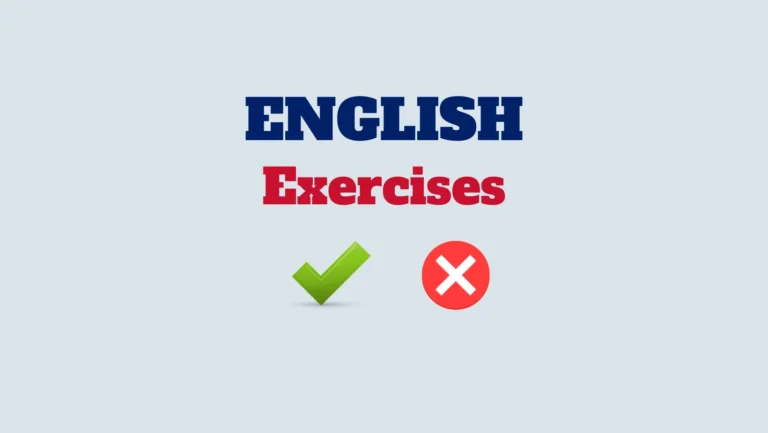The terms “homographs,” “homonyms,” and “homophones” all refer to words that share certain characteristics, which often leads to confusion. Each term, however, has a specific meaning related to how words are spelled, pronounced, and understood. This lesson will define each term and provide examples to clarify their distinct meanings.
Homographs
Definition:
Homographs are words that are spelled the same but have different meanings and sometimes different pronunciations.
Examples of use:
“The word ‘project‘ can be a noun (‘science project‘) or a verb (‘to project your voice’).”
“The word ‘lead‘ can mean a type of metal or to guide someone.”
“The word ‘tear‘ can mean to rip something or a drop of liquid from the eye.”
Homonyms
Definition:
Homonyms are words that are spelled and pronounced the same but have different meanings.
Examples of use:
“A bear can bear very cold temperatures.”
“The bank on the river is different from the bank where you deposit money.”
“The word ‘bat‘ can refer to a flying mammal or a piece of sports equipment.”
Homophones
Definition:
Homophones are words that are pronounced the same but have different spellings and meanings.
Examples of use:
“Their, there, and they’re are common homophones that can confuse writers.”
“The words ‘real‘ and ‘reel‘ sound alike but have different meanings.”
“The homophones ‘flower‘ and ‘flour‘ refer to a plant and a baking ingredient, respectively.”
Understanding the differences between homographs, homonyms, and homophones is crucial for accurate communication and avoiding confusion. Homographs share spelling but differ in meaning and sometimes pronunciation. Homonyms share both spelling and pronunciation but differ in meaning. Homophones share pronunciation but differ in spelling and meaning. Recognizing these distinctions will enhance your vocabulary and language skills.



